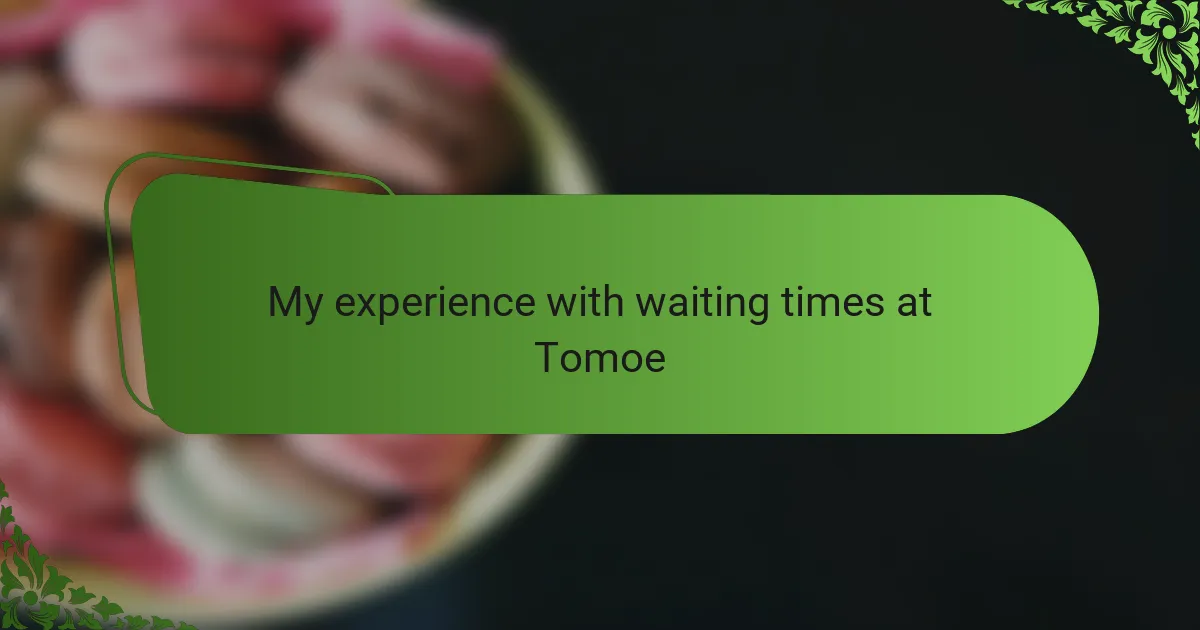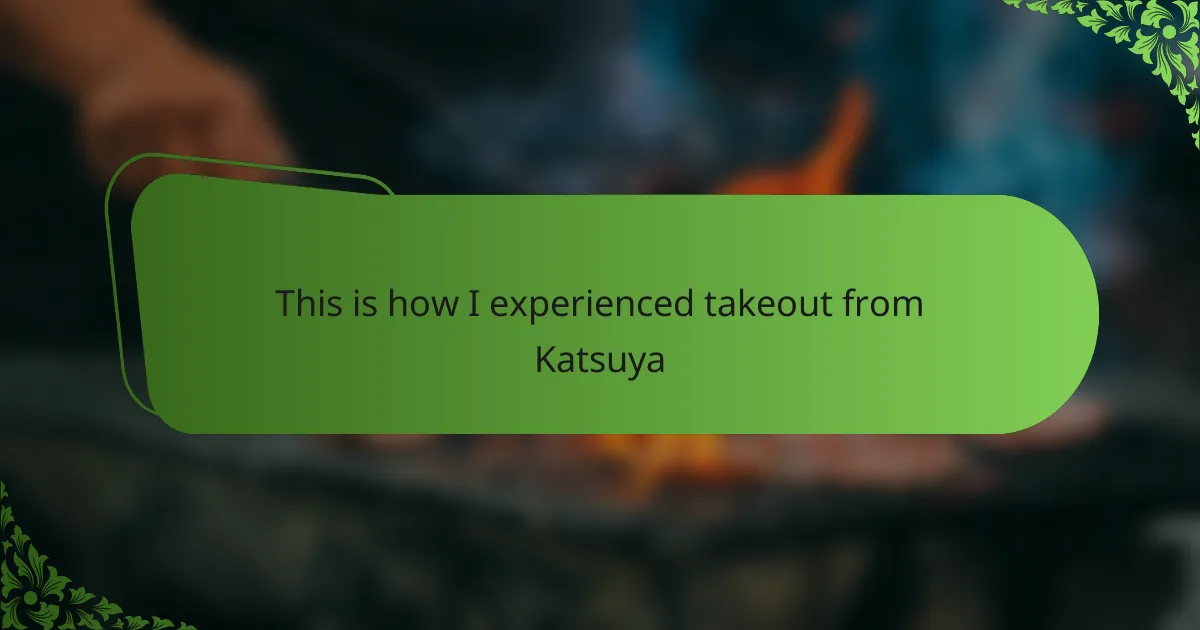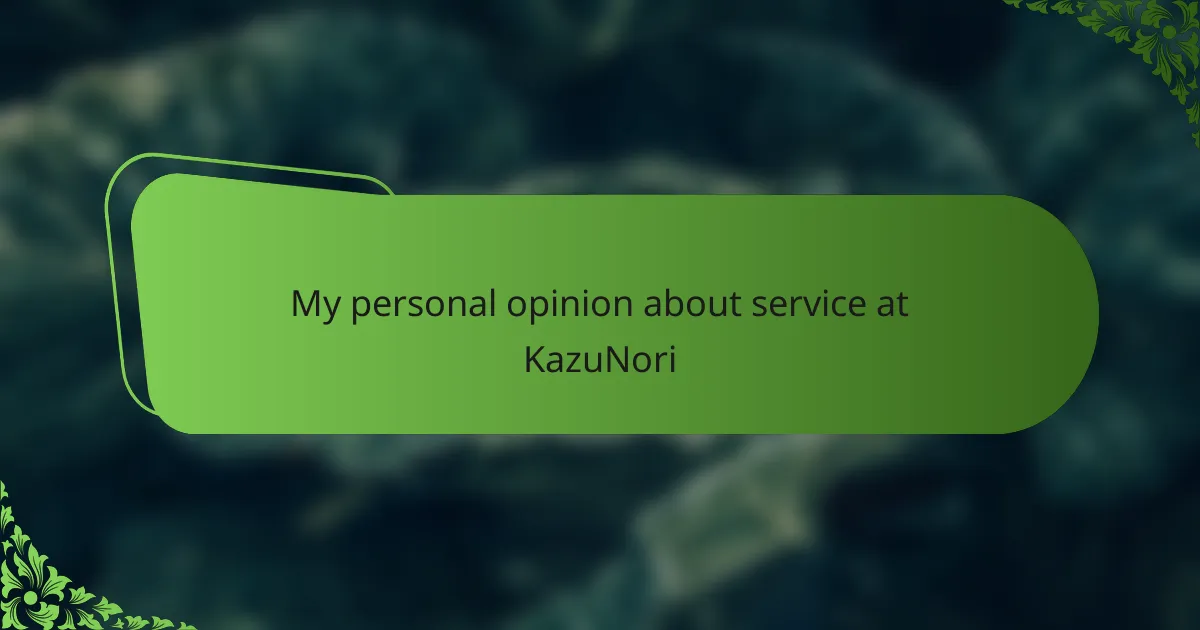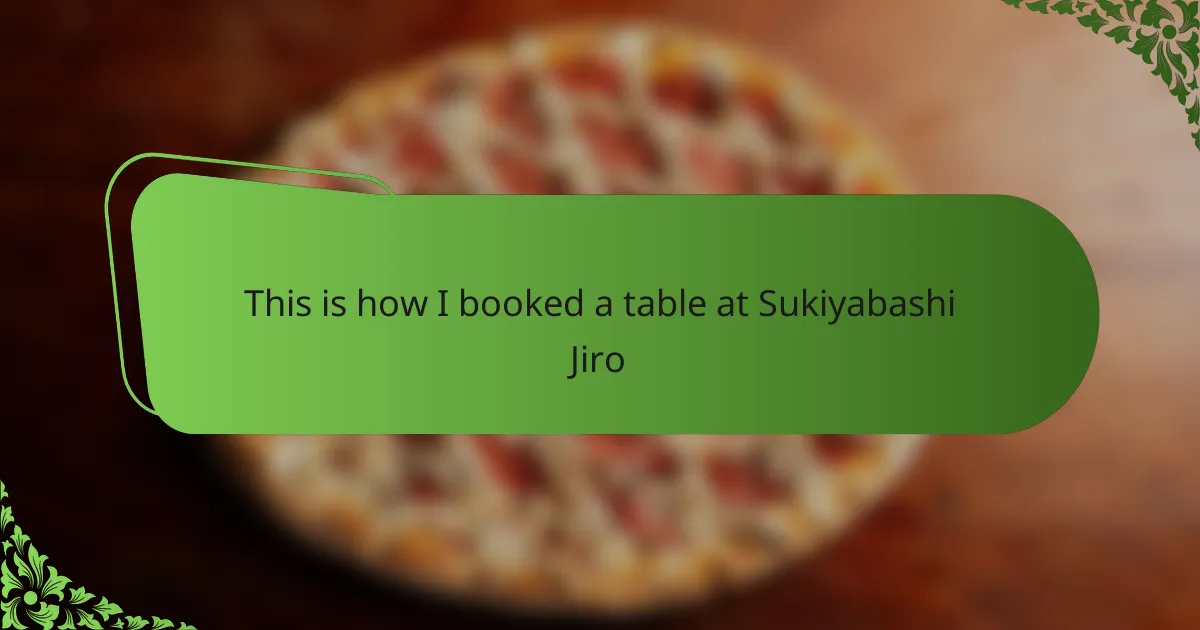Key takeaways
- Waiting times at restaurants are influenced by peak hours, party size, and staff availability, with effective timing enhancing the dining experience.
- At Tomoe, the wait is generally manageable, averaging 15 to 20 minutes, especially during non-peak times, contributing to a vibrant atmosphere.
- Conversing with fellow diners and observing the sushi chefs can make wait times more enjoyable and less frustrating.
- Smaller groups and visiting before peak hours can significantly reduce wait times, while attentive staff ensure a smoother experience overall.
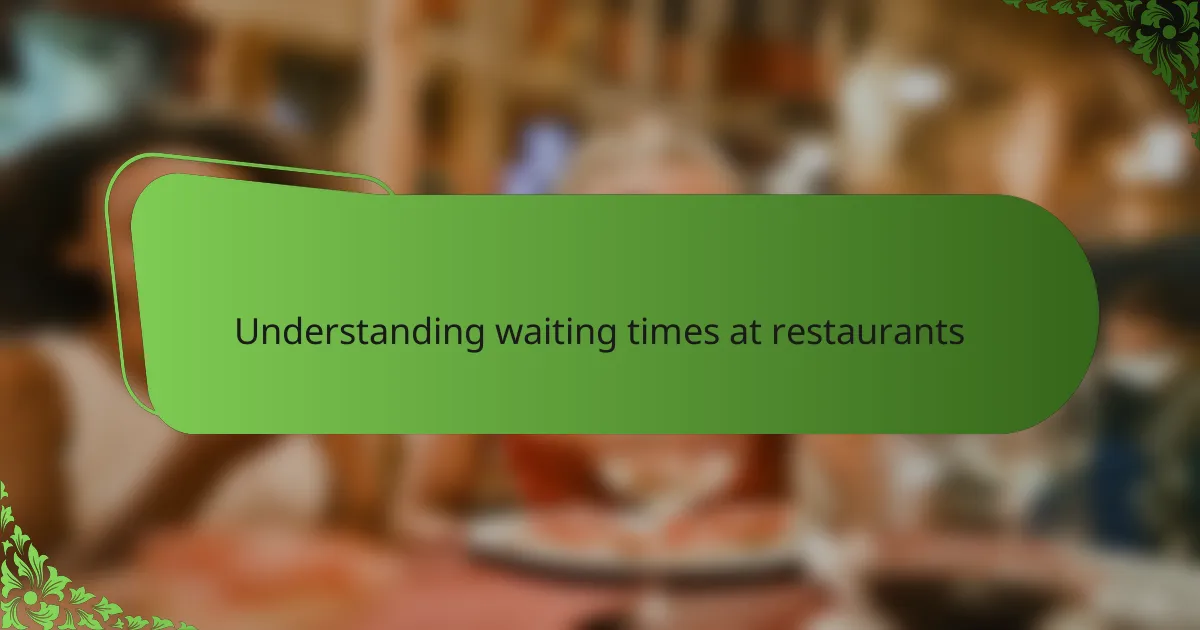
Understanding waiting times at restaurants
Waiting times at restaurants can often feel like a test of patience, but have you ever wondered why they happen in the first place? From my experience, factors like peak dining hours, the size of your party, and even unexpected staff shortages play a big role in how long you end up waiting. It’s fascinating how something as simple as timing your visit can completely change your dining experience.
Sometimes, while waiting, I’ve caught myself observing the atmosphere and realizing how the anticipation builds up excitement rather than frustration. Isn’t it interesting how a bustling restaurant can make you feel part of something lively, rather than just stuck in line? These moments, to me, add a layer of charm to the entire visit.
On the flip side, waiting can test anyone’s limits, especially when hunger strikes. I often wonder if restaurants could do more to keep guests comfortable or entertained during these pauses. After all, understanding the cause of the wait helps me appreciate the final meal that much more.
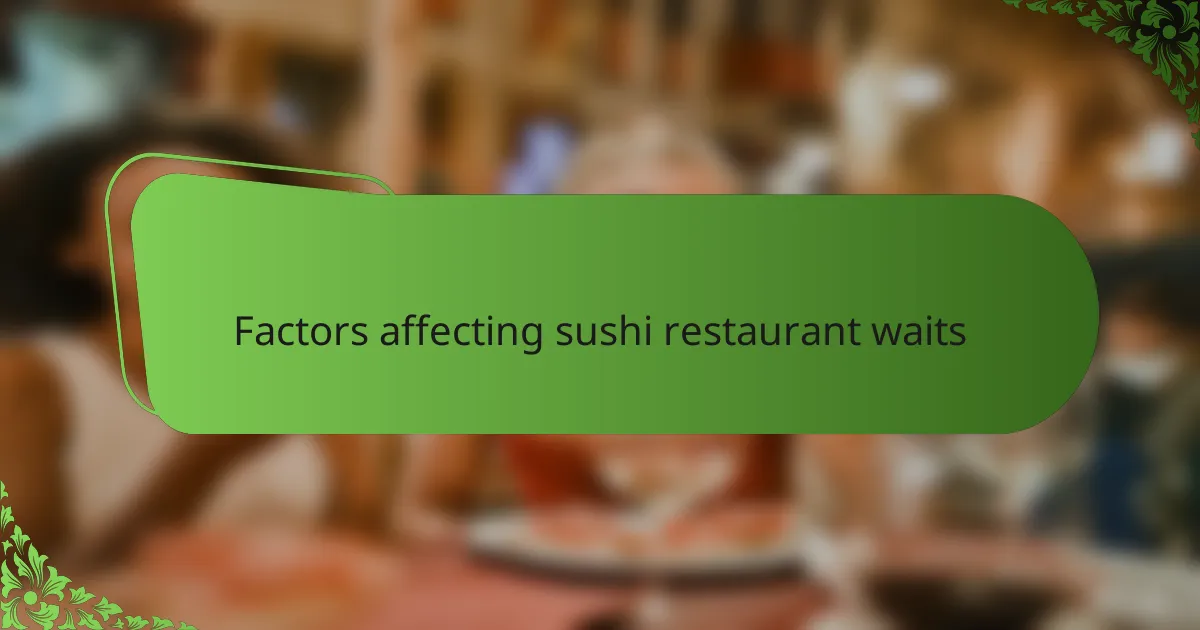
Factors affecting sushi restaurant waits
One factor that always stands out to me is how busy the restaurant is during peak hours. I remember arriving at Tomoe right around dinner time and instantly feeling the rush of people waiting alongside me. Have you noticed how the energy of a crowded place somehow stretches your patience, making the wait feel simultaneously longer and more exciting?
The size of your group also seems to influence the wait more than I expected. When I went with a couple of friends, we got seated much faster than the bigger parties arriving right after us. It made me think—do smaller groups get served quicker because they fit more easily into open tables, or is it just my lucky timing?
Staff availability is another hidden factor that doesn’t get talked about enough. One evening, I overheard a server mention how a coworker called in sick, and suddenly the line moved slower than usual. It’s a reminder that behind the scenes, even a sushi restaurant’s smooth flow depends heavily on the folks making the magic happen. Have you ever wondered how much impact a few missing team members can have on your wait?
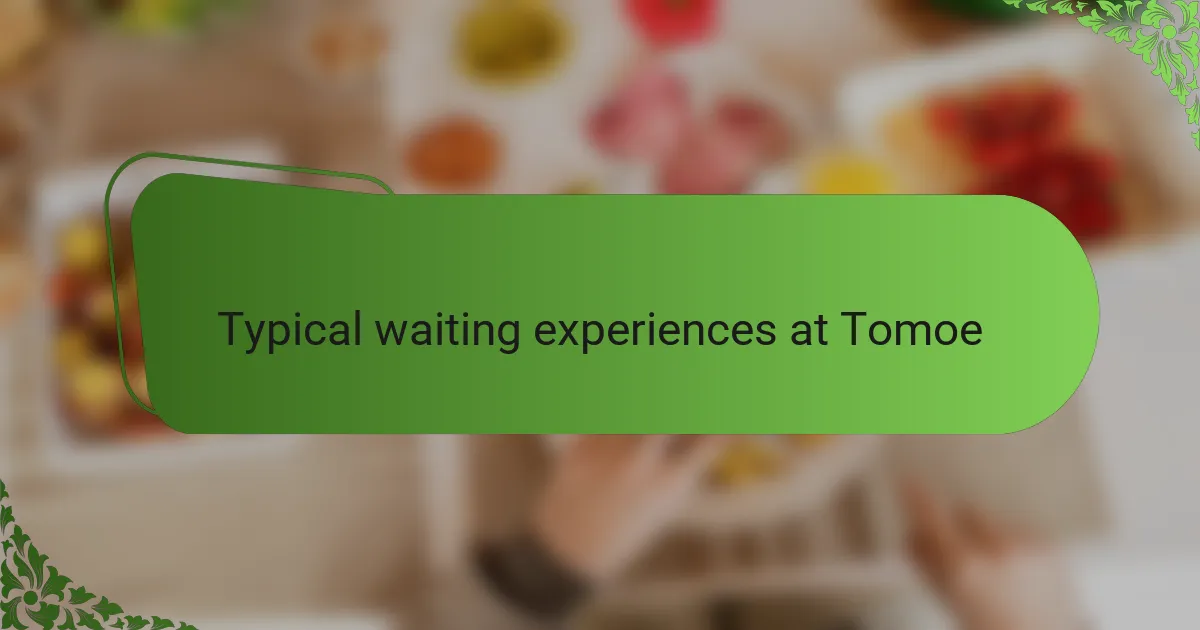
Typical waiting experiences at Tomoe
Waiting at Tomoe usually feels like a balance between patience and excitement. I remember one evening when the wait stretched longer than usual, yet the lively chatter and the clinking of dishes made the time pass surprisingly quickly. Have you ever found that the buzz of a restaurant can turn what might seem tedious into an enjoyable part of the experience?
On most visits, the wait never feels too long, perhaps around 15 to 20 minutes, especially if you arrive just before or after peak hours. I noticed that during these times, staff members move efficiently, and the line advances steadily, giving me a sense that they really value their customers’ time. Does this kind of steady rhythm make you feel more at ease when waiting?
However, there have been occasions when a sudden influx of diners or a pause at the sushi counter tested my patience. During one such wait, I found myself wondering if the anticipation was actually building up my appetite—and surprisingly, that made the sushi taste even better once I was finally seated. Have you ever experienced that mix of hunger and eagerness that somehow enhances the meal ahead?
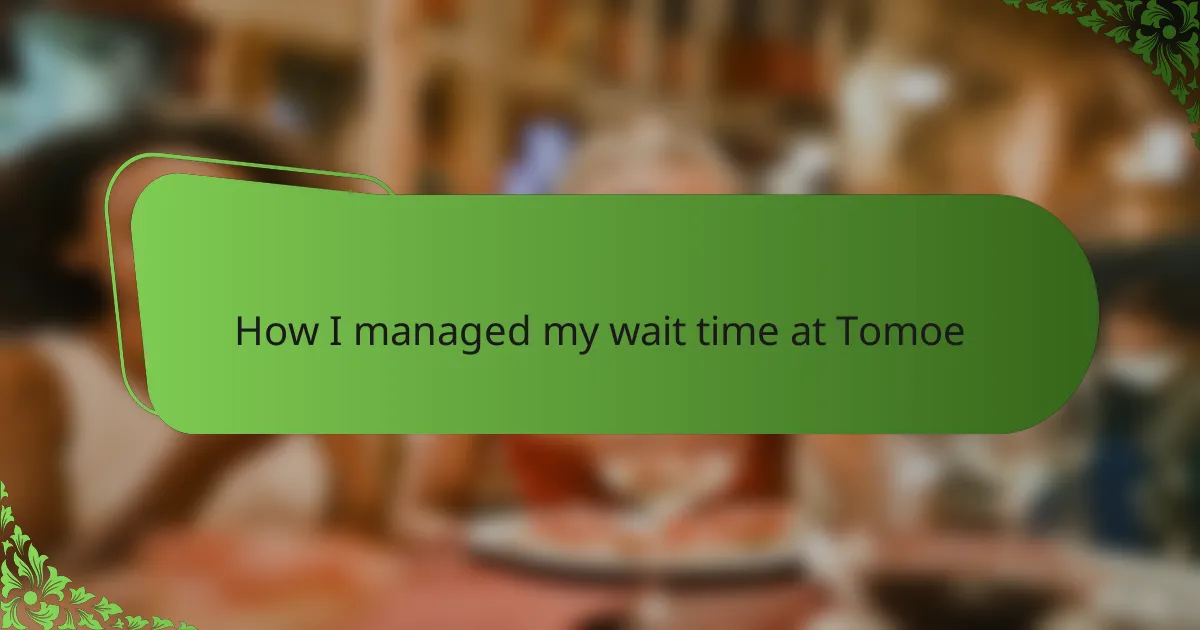
How I managed my wait time at Tomoe
To manage my wait time at Tomoe, I learned to arrive slightly earlier than peak hours. This little shift in timing made a world of difference, allowing me to settle in quickly and soak up the restaurant’s atmosphere without feeling rushed. Have you ever noticed how just a bit of planning can turn waiting into a calm pause rather than a test of patience?
When the wait stretched longer than expected, I found myself striking up casual conversations with fellow diners. It’s amazing how a simple chat can transform idle moments into shared stories, easing any impatience. I wonder if this unspoken camaraderie among strangers is one of the subtle joys of dining out.
Of course, I also kept my phone handy but resisted the urge to bury myself in it completely. Instead, I used those moments to peek at the sushi chefs at work, marveling at their precision. Doesn’t observing the skill behind each roll help pass the time—and make the meal even more rewarding?
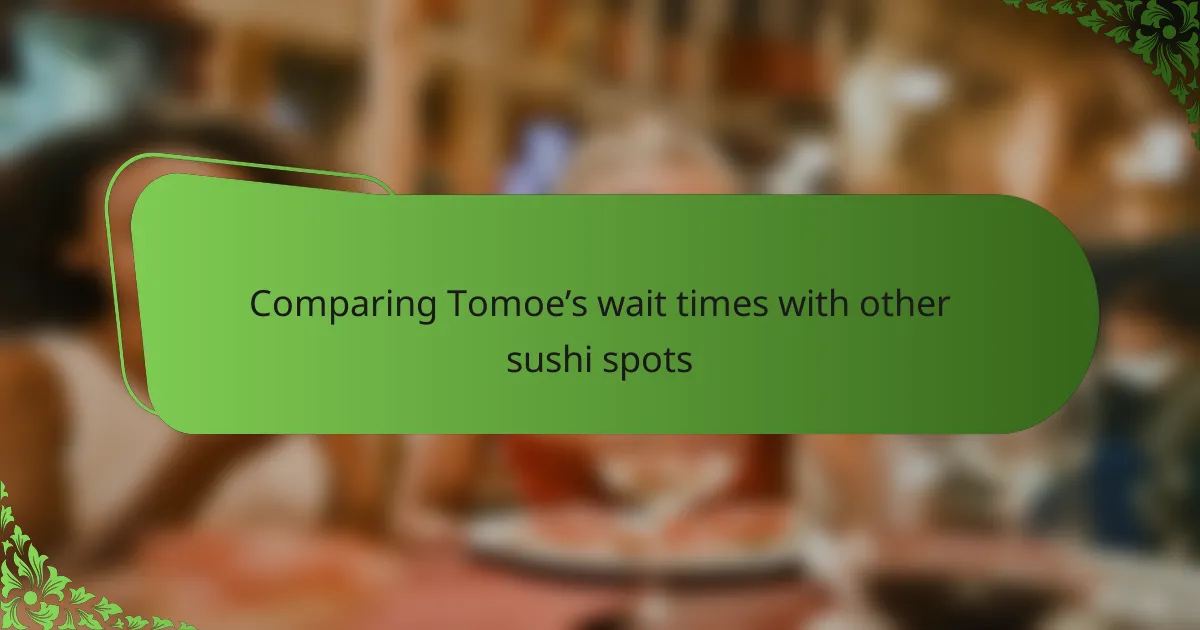
Comparing Tomoe’s wait times with other sushi spots
Compared to other sushi spots I’ve tried, Tomoe’s wait times seem fairly reasonable, especially during peak hours when some places can stretch waits to over an hour. Have you ever stood in a line so long that hunger turned into frustration? At Tomoe, the wait rarely reaches that point, which I appreciate.
I remember visiting a nearby sushi bar where the wait was unpredictable—sometimes quick, sometimes painfully slow—which made me anxious. Tomoe’s consistency felt different; even if the wait was longer than I wanted, it never felt like a gamble. Isn’t it comforting to know roughly how long you’ll wait before enjoying your meal?
Some high-end sushi restaurants streamline seating with reservations or timed slots, but Tomoe’s walk-in style means wait times can fluctuate more. Yet, in my experience, the staff’s efficiency often balances this out, keeping the line moving steadily. Have you noticed how a well-coordinated team can make waiting feel much less tedious?
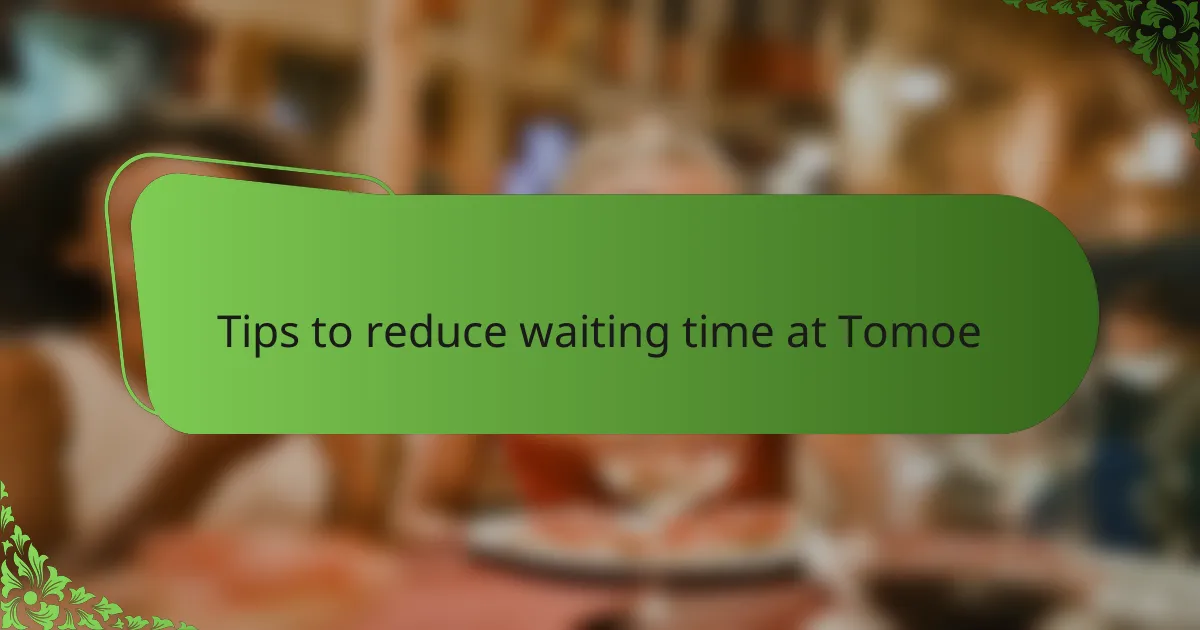
Tips to reduce waiting time at Tomoe
One simple tip I’ve found useful is to visit Tomoe just before their typical rush times. Arriving around 5:30 pm instead of 6 pm made my wait almost disappear—have you ever tried tweaking your schedule a bit and noticed how it pays off? It’s like catching the calm before the sushi storm.
Another trick that worked for me is going with a smaller group. When I showed up solo or with just one friend, we usually got seated faster. Why? I think smaller parties fit more easily into open spots, so the restaurant can accommodate you quickly without juggling big tables. It’s a small change, but it made my visits feel smoother.
Lastly, I’ve learned to keep an eye on the waitlist inside and even peek at the bar seating, which sometimes has quicker turnover. If you spot an opening or ask the staff politely, you might snag a seat faster. Have you tried this little proactive move? It turned waiting time into a game, and I felt more in control rather than stuck in line.
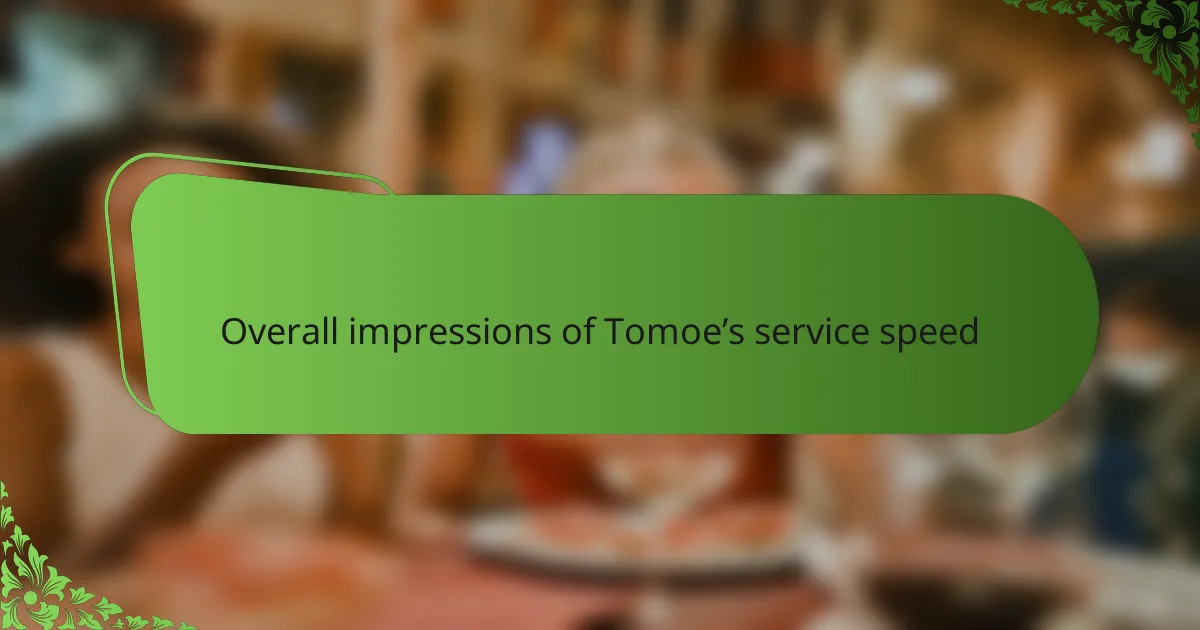
Overall impressions of Tomoe’s service speed
Tomoe’s service speed left a solid impression on me overall. While the wait isn’t always lightning fast, I noticed the staff keeps things moving with a steady rhythm that helps ease the impatience. Have you ever observed how a calm yet efficient pace makes the whole experience feel more welcoming rather than frustrating?
One particular evening sticks out when the line was longer than usual, yet the servers remained composed and attentive. It made me appreciate how their consistency contributes to a smoother experience, even during busy moments. Don’t you think that kind of steady professionalism says a lot about a restaurant’s commitment to its guests?
That said, occasional slowdowns do happen, mostly during peak hours, but they never felt unbearable. In fact, those brief pauses sometimes heightened my anticipation, making the eventual service feel all the more rewarding. Have you felt that mix of eagerness and patience making a meal taste better? I certainly have at Tomoe.
